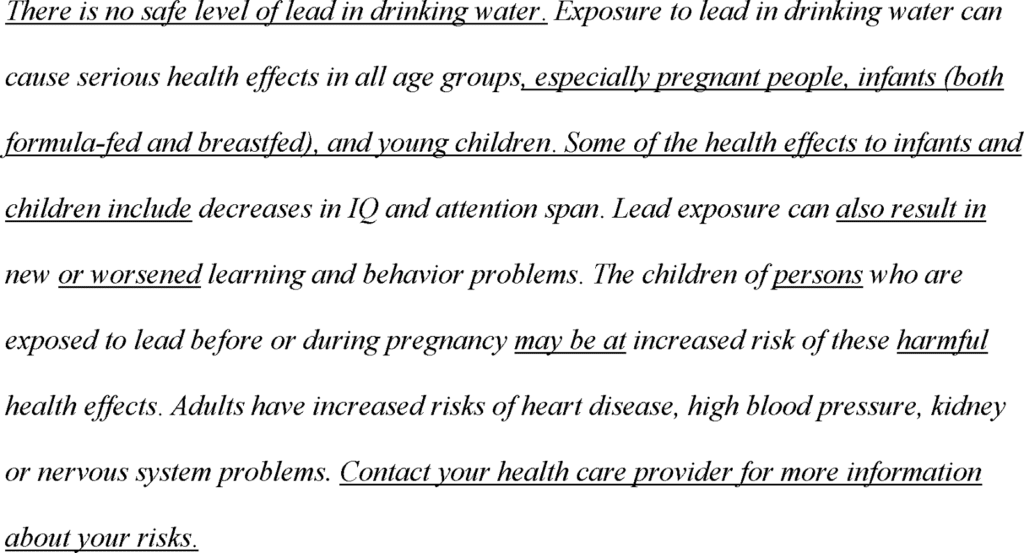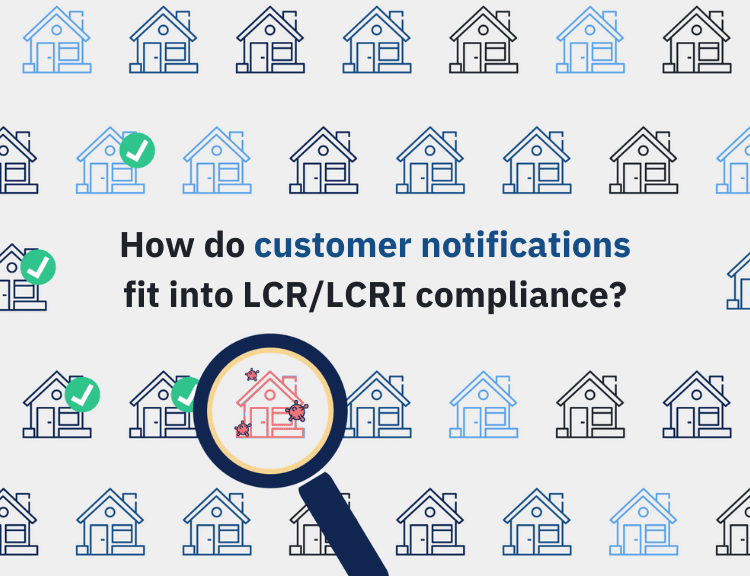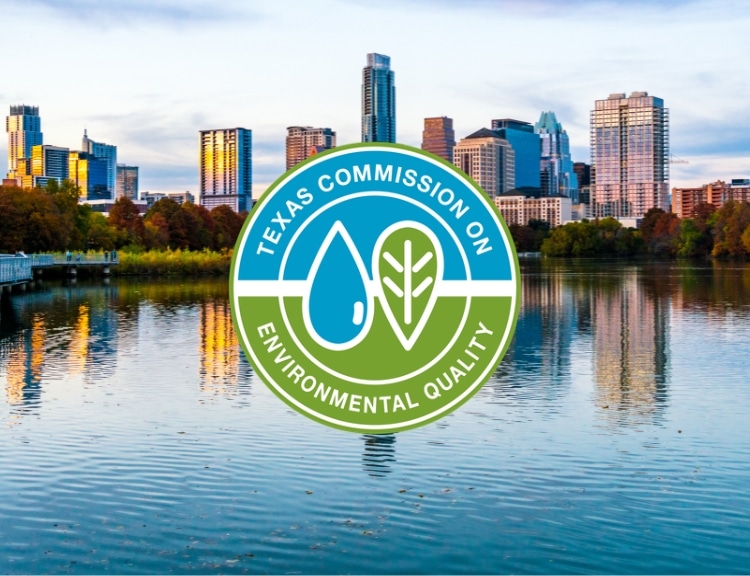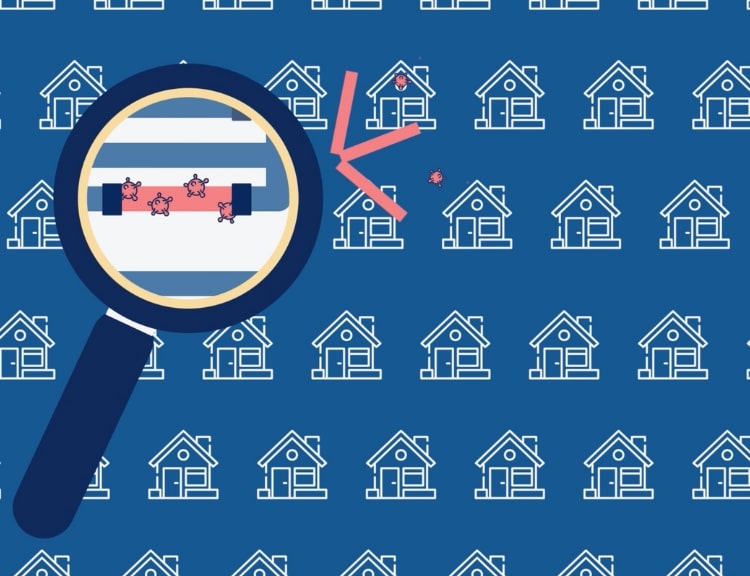We talk a lot about ‘compliance’ but the reality is that compliance is complicated and changes over time. This series breaks down compliance requirements across the LCR and the proposed LCRI to help you understand the who, what, and when of compliance.
In the previous post, we asked a short-term question – what does it mean to be in compliance for October 16, 2024? – and explored the Service Line Inventory, which is required to be submitted to your state’s regulatory agency by October 16, 2024.
The additional compliance requirement for October 16, 2024 relates to customer notifications. Water systems are required to notify all customers with lead service lines and service lines of unknown material within 30 days of inventory completion. So, if you submit your inventory on October 16, 2024, customers must be notified by November 14, 2024.
Why do customers with service lines of unknown material need to be notified, in addition to those with lead service lines?
For the purposes of customer notification, the LCR/LCRI treats service lines of unknown material as presumed lead. Even if you have no known lead in your system, unknowns are considered presumed lead. Accordingly, the LCRI requires that all customer notifications regarding service lines of either known lead or unknown material begin with a very specific, intentionally scary statement:
“There is no safe level of lead in drinking water.”**
This statement, along with additional mandatory lead health effects language, is a public health tactic intended to increase public awareness of the dangers of drinking tap water contaminated with lead, with the goal of encouraging customers to replace lead lines and use alternate sources of drinking water if there are concerns of contamination. However, this notification could also decrease public trust in the water supply and water system, particularly for citizens facing the uncertainty of drinking from a service line of unknown material.
In addition to the mandatory lead health effects language in the initial notification, water systems will also be required to complete several additional steps related to notification:
- Translated statements and contact information for translation assistance if the water system includes a large proportion of non-English speaking customers,
- A “reasonable attempt” to engage every property owner, which includes up to 4 outreach attempts via 2 different communication methods (eg, mail and phone), and
- Additional notifications if tap sampling shows that a water system has a lead action level exceedance, including public notice within 24 hours and public education within 60 days. This notification is required to include information about replacements.
Given all of these notification requirements, although it is not a compliance requirement at this time, we strongly recommend that water systems have a clear unknown management and replacement plan in place ahead of October 2024. These plans can clearly communicate the water system’s approach and timeline for identifying service line materials and, where needed, replacing lead lines within all public notices.
In addition to concerns about public trust, the ongoing requirement for customer notifications has the potential to be highly resource intensive, particularly for communities with large numbers of unknowns. Let’s explore an example.
Let’s say you are a water system with no known or expected lead who will follow the LCR/LCRI compliance requirements on time (but not ahead of schedule). If you have 5,000 service lines of unknown material, you are required to send out 5,000 customer notifications in 2024. Simple-ish, right?
But then you are required to continue sending annual notifications until you’ve verified the service line material for every unknown line. Starting in 2027, you are required to verify 10% of your unknowns, or 500 SLs, per year with all verifications complete by 2037. Those 5,000 customer notifications in 2024 quickly explode into:
42,500 total customer notifications,
*this doesn’t even include multiple attempts to reach a property owner or notifications in the case of lead action level exceedance!
with up to 13 notifications sent to each customer*
This is a huge, resource intensive number of notifications…and we’re not even talking about the time and cost associated with all of those verifications! And remember that all of the notifications begin with that ominous line: “There is no safe level of lead.”
So in addition to building customer confidence and trust, a strong plan for unknown management and lead service line replacements can significantly limit the volume of customer notifications required for LCR/LCRI compliance.
Struggling to make a plan for customer notifications or unknown management? BlueConduit can help! Our machine learning platform, supported by a team of expert Data Scientists, creates a clear action plan for unknown management, enables the reclassification of “unknowns” to “non-lead” via predictive analytics, and provides communication guidance to support high-trust customer communication. Reach out to learn more.
Next up, we’ll dive deeper into planning for unknown management and LCR/LCRI compliance requirements for unknowns.
** EPA is proposing the following revised mandatory lead health effects language and has underlined the additions to illustrate changes from the LCRR text:






